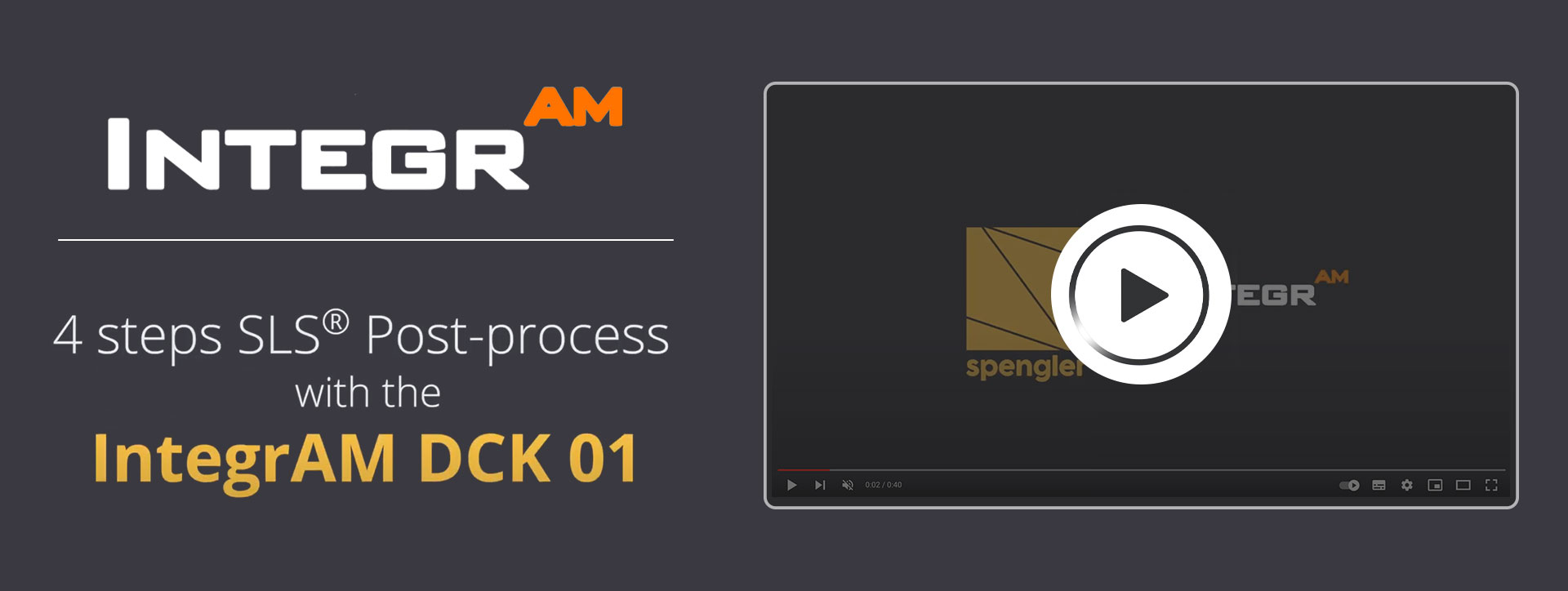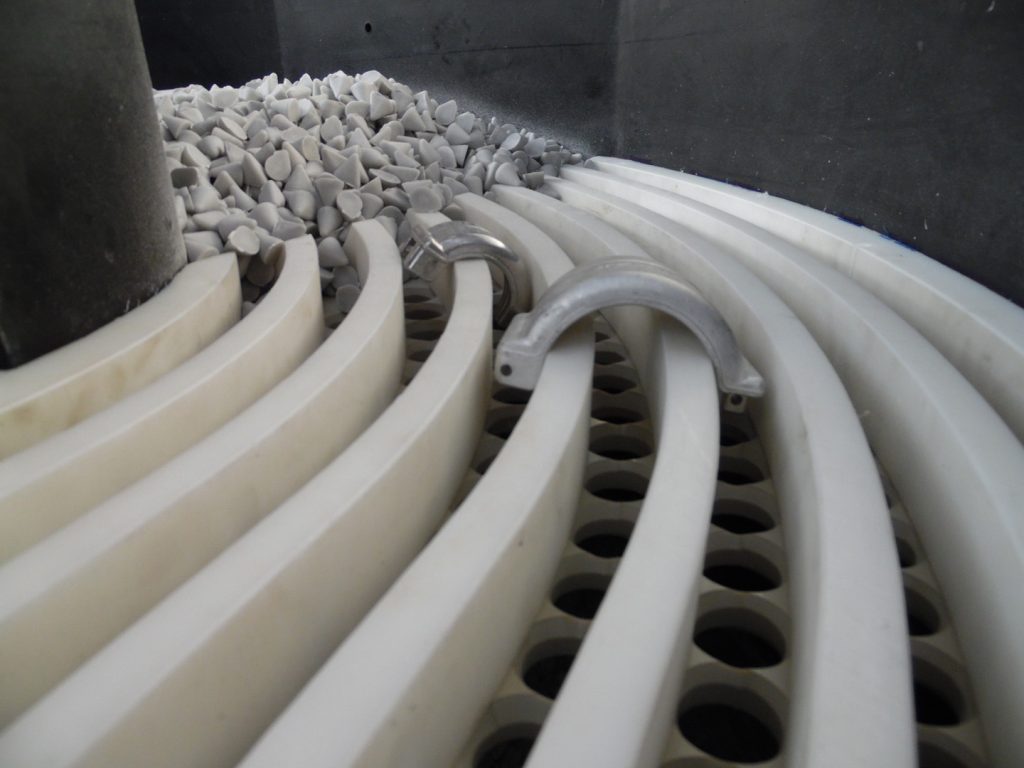
Overview
Dry finishing process are, theoretically, the best option, with some limitations that we will see later on.
Comparing a wet process to a dry one, it is evident that the required equipment is different:
Infact, considering the average statistics, for a wet process the basic equipment is generally corresponding to a vibratory finishing machine combined with a dryer and with a water treatment system (in case of use of a single liquid compound, a centrifugal filter[1] is the most popular solution);
For a dry process, always considering the average statistics, the typical equipment is just a vibratory finishing machine with a suitable cover, combined with a suction filter;
From pollution point of view and waste production, a dry process is generally more efficient and less polluting, why?
Because, always speaking in general about average statistics of most common use, the final waste produced by a dry process is essentially powder composed by abrasives particles and metal particles.
The final waste produced by a wet process is most complex, infact the composition is made by abrasives particles combined with metal particles, eventually with oil or fat substances and at least 60% additional humidity determided by the presence of water. This characteristic leads to a general conclusion that the wet process is generally producing much bigger volumes of mud.
[1] Rollwasch has developed a wide range of centrifugal filters for mud, both in automatic or semi-automatic operative mode – to know more: https://rollwasch.com/en/specialisation-technological-macro-areas/water-treatment-filtering/
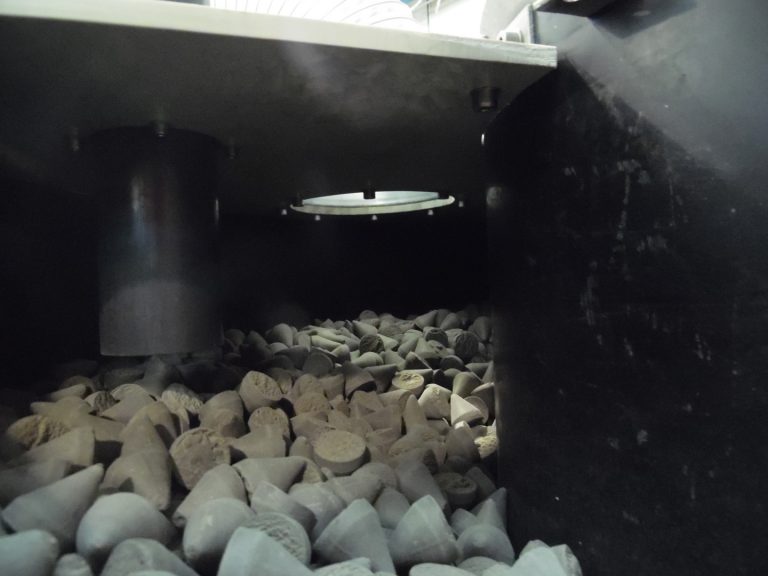
Inside the working bowl, during a HPM dry finishing process.
Between others, the main limits for the application of a dry finishing process like de-burring and smoothing with abrasive media, are:
1. The abrasives contained in the media cannot be based on silica – infact the use of silica based abrasives in a dry process may generate health hazards, such as silicosis/asbestosis. Accordingly, the simple change of use of a wet process by removing the water to modify it in dry, is not the good way to go.
2. The presence of oil drops or traces, is not compatible with the most of the dry finishing process technologies available – nevertheless, in few applications it is possible to evaluate the convenience to use some special absorbing granulates or powder compounds – case to case has to be analized, a general rule is not easy to be released about oil.
3. Processing time is something not always comparable to the wet process technology – infact, although it is possible that some dry finishing cycles can be done in similar timing of the wet ones, the average statistics highlight longer finishing times for the dry process.
Last, but not least, the presence of small blind holes with threads, where dust and particles may stuck in, or final cleanliness level required by following process (i.e. coatings), may limit the use of dry finishing process as well, or require a further cleaning process with a suitable washing equipment. Most of the limits depend, at the end, from how complex is the finishing process required in its total structure and, of course, from the destination of use of the workpieces.

Example of dry finishing of aluminium components hot forged.
Vibro DRY
VibroDRY finishing process are based on high-energy saving principles and long life of the QF media[2] – the target imposed by the VibroDRY finishing process is therefore very ambicious, being able to offer, in the same time:
1. Dry finishing process, with all the relative advantages and reduced carbon footprint;
2. Low cost of the QF media, having a lifetime longer than a traditional media from 10 to 20 times;
3. Reduced or very reduced production of waste in form of dry powder – accordingly lso the suction filter required is normally less powerfull than other dry finishing process.
The typical cycle of a VibroDRY finishing process is based on two automatic phases, one after the other:
A. Vibratory finishing
B. Final aspiration of the dust particles combined, if required, to blowing with compressed air
One example of a cycle time of one hour total time:
· 50’ minutes vibratory finishing – only the motorvibrator is activates
· 10’ final minutes vibratory finishing aided by aspiration combined with pulses (stop&go of compressed air – 5” seconds on/10” seconds stop)
[2] QF is the achronym of QUATTROFINISH special media – born with the main target to be used in VibroDRY finishing process, but not only – to know more: https://rollwasch.com/en/specialisation-technological-macro-areas/quattrofinish-special-media-3/
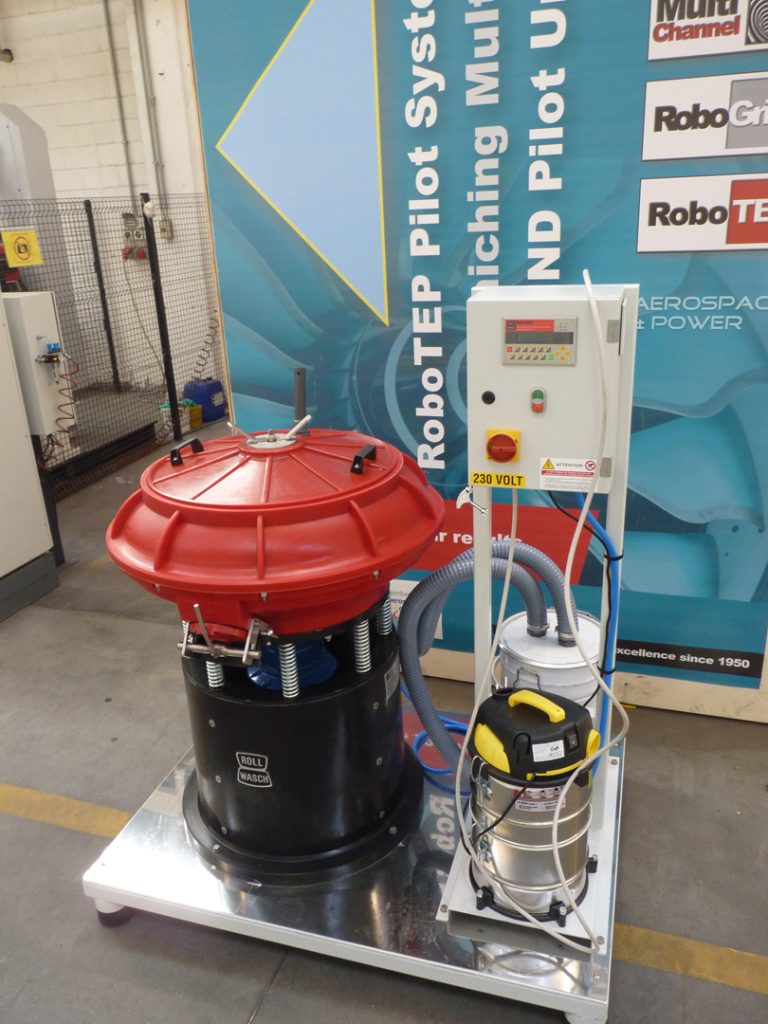
One typical VibroDRY Vibratory finishing machine of 120 liters capacity
The powder suction is designed with the interposition of a buffer area complete of cyclon inside, connected on one side to the outlet filter of the vibratory finishing machine and, on the other side, to the suction filter (in the above example the power is only 1,5 kW);
Whenever required, in case of presence of Aluminium, Magnesium or Titanium (subject to Atex), the suction filter can be designed according to Atex Internal zone 20 or 22.
In this case, to reduce the several potential risks, a specific “inerting” abrasive compound could be dosed together with the load of every single batch of workpieces, in order to:
A. Accelerate the abrasion and finishing of the surfaces;
B. Determine an inerting action on the metal particles leaving the work tank.
Infact, the composition of the VibroDRY powder abrasives, when has extension A4, can include a suitable % of inerting powder reducing the risk of explosion to to an innocuous level.
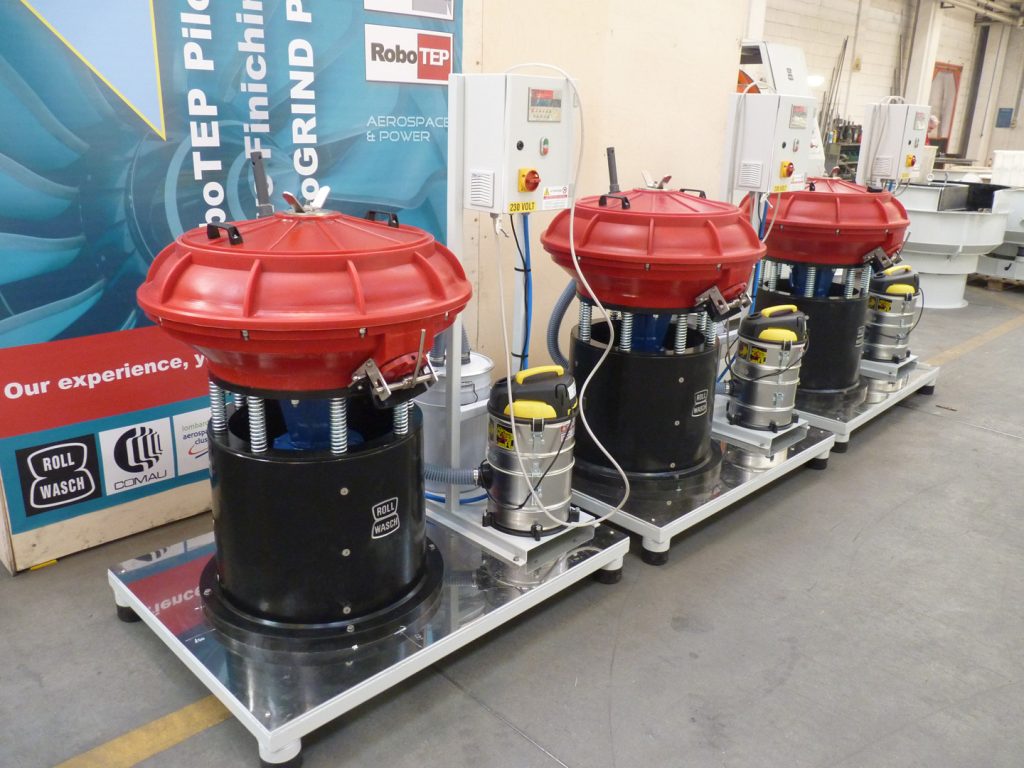
All VibroDRY finishing machines are pre-assembled, tested and programmed to be ready to produce at their first installation in the Customer’s premises, according to the “PLUG & PLAY” concepts.
HPM Dry Finishing Process
HPM Dry Finishing Process are based on the High Quality Level of the finishing achievable with the HPM media[3] – the target is to achieve DRY finishing process particularly efficient on light alloys like Zink Alloys, for example.
A very interesting advantage of HPM media is its High Performance on the surfaces of light alloy metals, but not only.
The level of finishing achievable is so good to leave in a second order the aspect of wearing rate of the media itself;
Also the suction filters required for this kind of dry finishing process are powerfull and their activity is necessary during all the cycle time, from the beginning to the end.
[3] HPM is the achronym of HIGH PERFORMANCE MEDIA – born with the main target to be used in DRY finishing process, but not only – to know more: https://rollwasch.com/en/specialisation-technological-macro-areas/media-3/

All HPM finishing machines are pre-assembled, tested and programmed to be ready to produce at their first installation in the Customer’s premises, according to the “PLUG & PLAY” concepts.
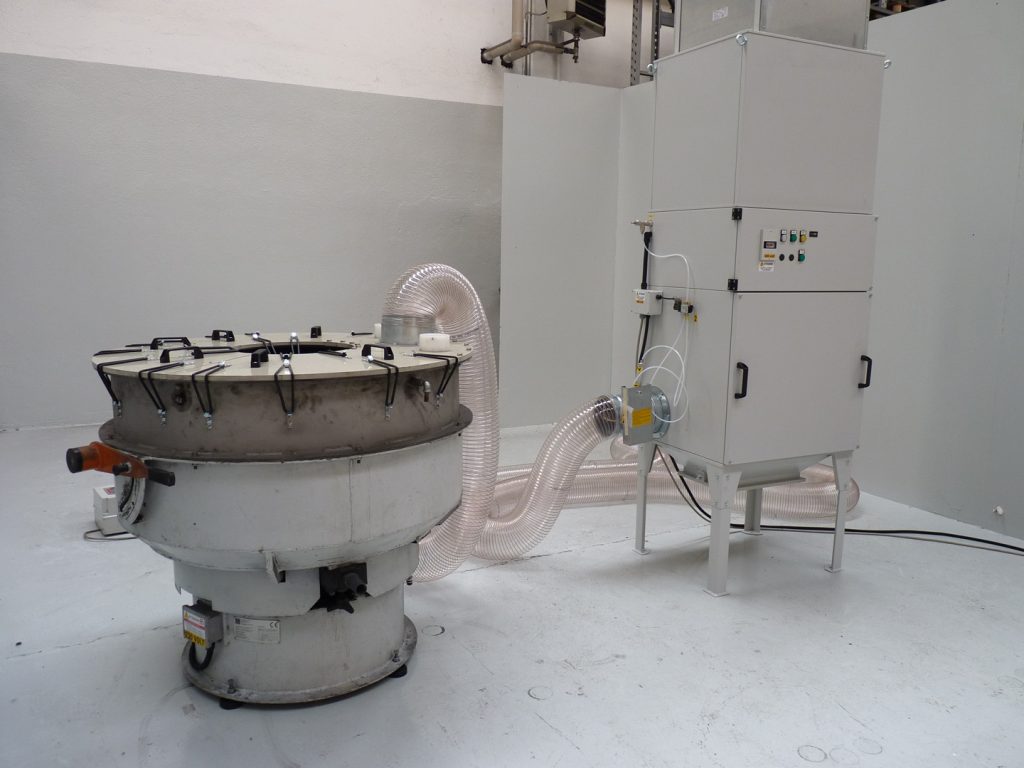
HPM top cover and suitable suction filter are applied to an Existing machine.
Many machines have been modified in the last ten years, offering the good compromise to all customer wishing to reduce their investments with, in the same time, best finishing result in dry mode.
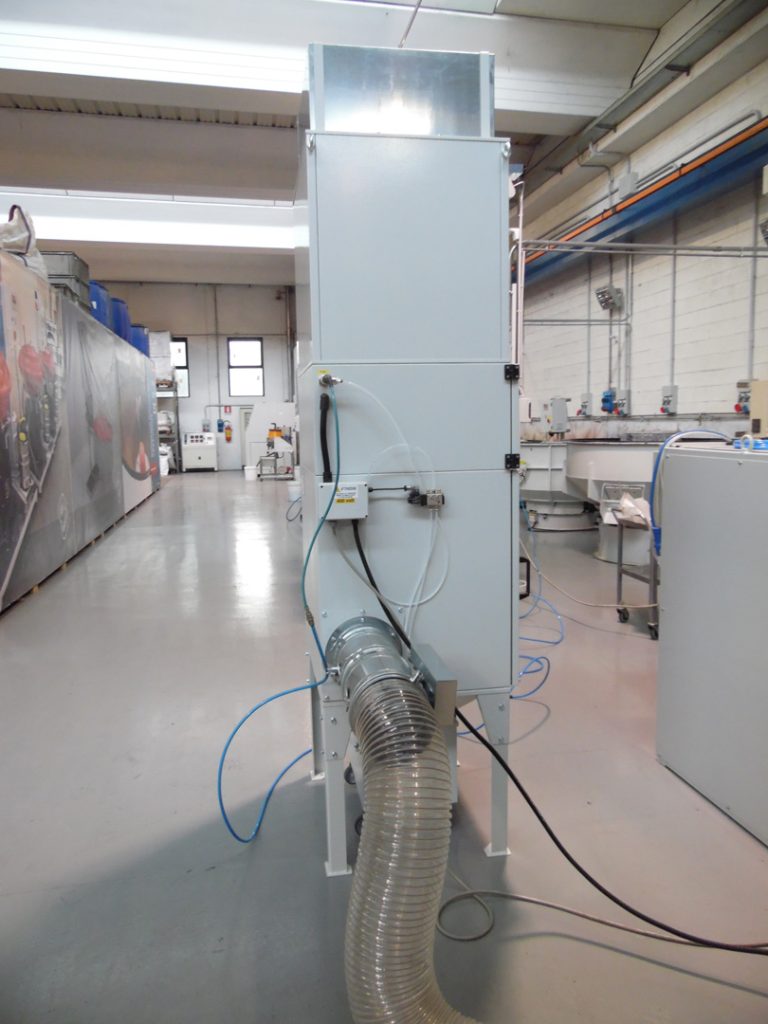
Add a suction filter to your vibratory finishing Machine, with few modification you will get
A High Performance Media compatible Dry finishing system!
Do you want to know more about our surface finishing process?
https://rollwasch.com/en/finishing-solutions/
Other dry finishing process are available and, of course, our test lab is skilled to identify, depending on the required Quality and Quantity of your workpieces, the most convenient solution for you.
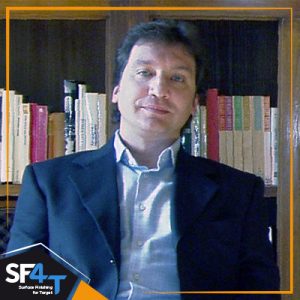
XPERT
MdM Paolo Redaelli
paolo.redaelli@rollwasch.it
CATEGORIES
Technology:
Blasting, Grinding, Media and consumables, Peening, Polishing, Post Process & Finishing for AM, PMRF, Safety, Health and Environment, Vibratory finishing
Specific category:
Vibro-blasting equipments, Vibro-Peening equipments
COMPANY
Rollwasch Italiana S.p.a.
www.rollwasch.com



